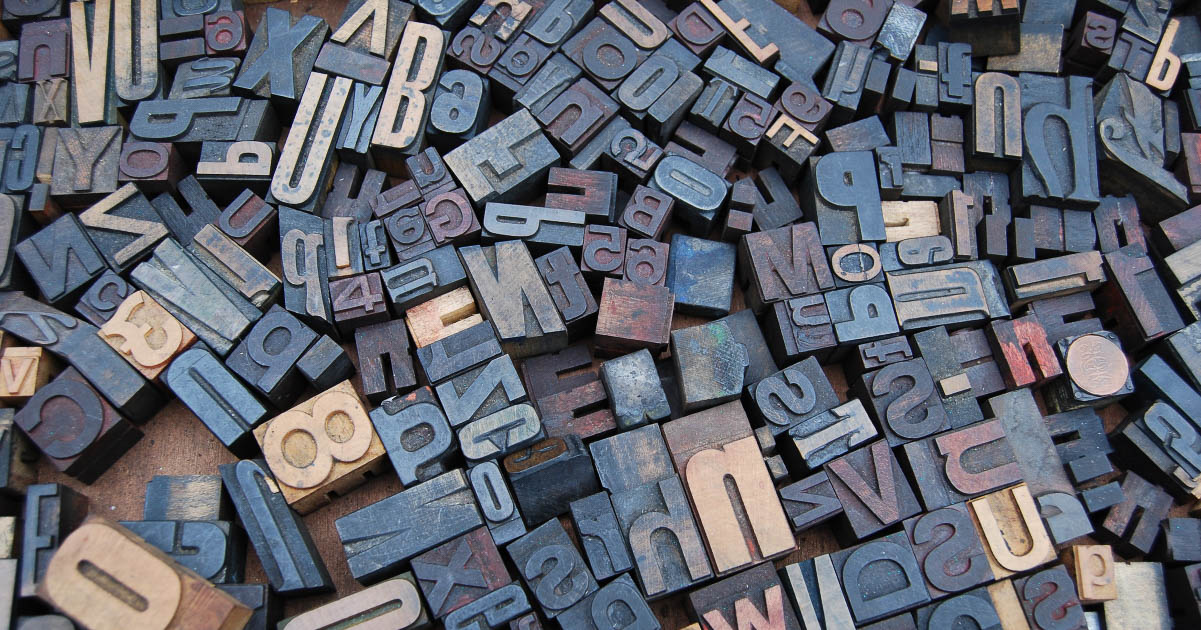
What Is an Oxford Comma? (With Examples)
Commas can be a confusing part of punctuation, and the Oxford comma is no exception. In this post, we’ll explain what exactly an Oxford comma is and how you should deal with them as a proofreader.
The Oxford Comma (AKA The Serial Comma)
Commas are used to separate items in a list. An Oxford comma, also known as a serial comma, is the final comma placed in a list of three or more items:
I don’t like coffee, tea, or cocoa.
I keep my wallet, phone, and keys in my pockets.
Santa’s other reindeer are called Dasher, Dancer, Prancer, Vixen, Comet, Cupid, Donder, and Blitzen.
If an Oxford comma is used, it should always be placed before a conjunction and the last item in the list:
She owned a dog, two cats and, five budgies. ✘
She owned a dog, two cats, and five budgies. ✔
However, it isn’t always necessary or correct to use an Oxford comma.
Style Guides and the Oxford Comma
Whether a writer uses an Oxford comma depends on the style guide they’re following. While the Oxford comma is usually required in American English, some style guides, like AP style, specifically advise against its use.
And, somewhat confusingly, the Oxford comma is not commonly used in UK English (with the exception of Hart’s Rules for the Oxford University Press – where it gets its name from).
So, if your client follows a style guide or dialect that doesn’t require an Oxford comma, then serial commas in their writing may need to be removed.
My mum bakes biscuits, cakes, and brownies. ✘
My mum bakes biscuits, cakes and brownies. ✔
However, some style guides make exceptions to this rule for clarity.
Clarity and the Oxford Comma
An Oxford comma can be useful for clearing up any confusion or ambiguity in a sentence. For example, when a list includes compound items formed with a conjunction, a serial comma can break up the sentence in a way that makes sense:
We have a choice of red and gold, silver and blue and gold and silver color schemes. ✘
We have a choice of red and gold, silver and blue, and gold and silver color schemes. ✔
And sometimes, the order or wording of a list can create a different meaning than what the author was trying to convey. In these cases, an Oxford comma can clarify the intended meaning:
The little boy had lost his parents, a teddy bear and an ice cream.
The language used here suggests that the boy’s parents are a teddy bear and an ice cream. We can assume this was not the author’s intention, so as proofreaders, we’d fix this sentence by adding a serial comma:
The little boy had lost his parents, a teddy bear, and an ice cream.
However, some language experts argue that an Oxford comma is never necessary. They suggest that any ambiguity can be cleared up simply by rephrasing the sentence.
If we take the above sentence, for example, we could avoid using an Oxford comma and instead rephrase it like this:
The little boy had lost his parents, as well as a teddy bear and an ice cream.
Remember, though, you should never edit beyond the scope of the brief when proofreading. If rephrasing a sentence would require significant changes to your client’s writing, then it may be better to add an Oxford comma (provided this doesn’t contradict their style guide).
Becoming A Proofreader
For a full rundown on punctuation rules, look no further than our Becoming A Proofreader course. With a full module on proofreading errors and handy quizzes to test your knowledge, you’ll get the hang of everything from periods to parentheses. Give it a try for free.



Leave a Comment
Your email address will not be published.